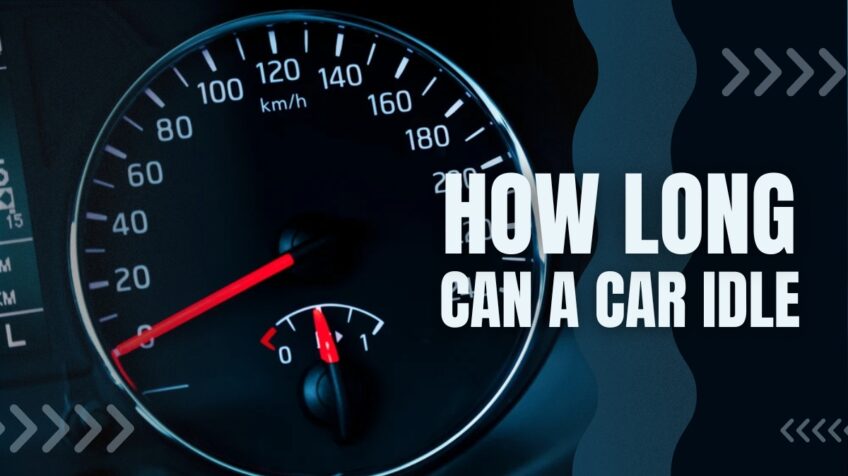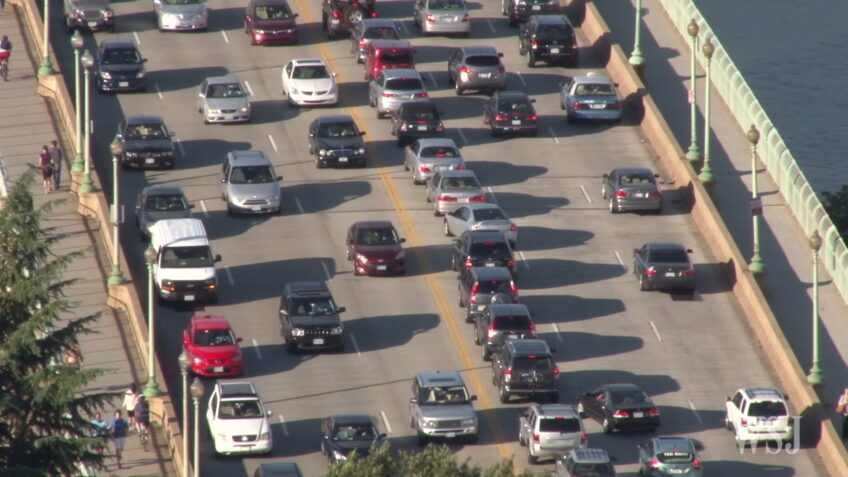Have you ever found yourself stuck in traffic or waiting for someone in your car and wondered, “How long can my car idle?” If you have, you’re not alone. We’ve done extensive research on this topic to help you understand the ins and outs of car idling. In this article, we will explore the factors that influence the duration of idling, the effects of prolonged idling on your vehicle, and the potential impact on the environment. Whether you’re a car enthusiast or just curious about the subject, you’ll find the information you’re looking for here.
Idling Explained
Before diving into the main topic, it’s essential to establish a clear understanding of what idling is. Idling refers to the state in which a vehicle’s engine is running but not in motion. This can happen when you’re stopped at a red light, stuck in traffic, or simply waiting for someone with the engine running. It’s a normal part of driving, but it’s important to understand its implications on your vehicle’s performance and the environment.
Factors That Influence Its Duration
There isn’t a one-size-fits-all answer to the question of how long a car can idle. Various factors influence the duration a car can idle, including the vehicle’s make, model, and age, as well as external conditions like weather and fuel quality. Let’s explore these factors in more detail.
1. Make and Model
Different car manufacturers design their engines with varying tolerances for idling. Some modern vehicles with advanced technologies like start-stop systems can manage to idle more efficiently, while older models may not fare as well.
2. Age of the Vehicle
As car ages, its components become less efficient, which can impact its ability to idle for extended periods. Wear and tear on engine components can lead to reduced performance and potentially cause issues during prolonged idling.
3. Weather Conditions
In extremely cold or hot weather, a vehicle may need to idle longer to reach optimal operating temperature. However, excessive idling in extreme temperatures can cause additional strain on the engine and other components, potentially leading to overheating or other issues.
4. Fuel Quality
Poor-quality fuel can negatively impact engine performance and may cause issues during extended idling. It’s essential to use the recommended fuel for your vehicle to maintain optimal engine health.
The Effects of Prolonged Idling on Your Vehicle
Prolonged idling can have several consequences on your vehicle, from increased fuel consumption to potential engine damage. Let’s explore some of these effects in more detail.
Fuel Consumption
Idling consumes fuel, and the longer a car idles, the more fuel it will burn. This can add up over time, especially if you find yourself in situations where you need to idle frequently, leading to increased fuel costs.
Engine Wear
Idling for extended periods can cause unnecessary wear on your engine’s components, as it operates at a low, non-optimal RPM. Over time, this wear can lead to reduced engine efficiency and performance, as well as an increased likelihood of engine issues.
Battery Drain
While idling, your vehicle’s electrical systems continue to draw power from the battery. Prolonged idling can deplete your battery, potentially leaving you stranded or with a dead battery.
Catalytic Converter Damage
The catalytic converter, a critical component in your vehicle’s exhaust system, helps reduce harmful emissions. Extended idling can cause the converter to become less effective or even damaged, as it may not reach the optimal operating temperature needed to function properly. This can result in increased emissions and potentially costly repairs.
Oil Contamination
When a car idles, it may not reach the optimal operating temperature, which can lead to incomplete combustion of fuel. This can result in oil contamination, potentially causing sludge buildup and reduced engine performance over time.
Environmental Impact of Idling
In addition to the effects on your vehicle, idling can also have a significant impact on the environment. Let’s explore some of the ways that prolonged idling contributes to environmental issues.
Air Pollution
Vehicle emissions are a leading source of air pollution. When a car idles, it continues to emit exhaust gases, including carbon dioxide, nitrogen oxides, and particulate matter. These pollutants can contribute to smog, respiratory issues, and other health problems, especially in urban areas with high traffic congestion.
Greenhouse Gas Emissions
Idling vehicles emit carbon dioxide, a major greenhouse gas that contributes to climate change. Reducing idling can help minimize your vehicle’s carbon footprint and support global efforts to combat climate change.
Wasted Fuel
As mentioned earlier, idling consumes fuel. Reducing unnecessary idling can help conserve valuable resources and decrease dependence on fossil fuels.
Tips for Reducing Idling Time
Now that we’ve covered the factors influencing idling duration, the effects on your vehicle, and the environmental impact, let’s discuss some practical tips to help you minimize idling time.
Turn off the Engine
If you expect to be stopped for more than 30 seconds to a minute, consider turning off your engine to conserve fuel and reduce emissions. Restarting your engine consumes less fuel than idling for an extended period.
Use Remote Starters Wisely
While remote starters can be convenient for warming up your vehicle on cold mornings, avoid using them excessively. Limit remote start use to when it’s necessary and minimize the time your vehicle spends idling.
Plan Your Trips
Combining errands and planning your route can help you avoid traffic congestion and minimize the time spent idling in traffic.
Keep Your Vehicle Well-Maintained
Regular maintenance, including oil changes, filter replacements, and engine tune-ups, can help your car run more efficiently and reduce the need for idling.
Consider an Idle-Reduction Device
Some vehicles can be equipped with idle-reduction devices that automatically shut off the engine after a set period of idling. These devices can help you save fuel, reduce emissions, and prolong the life of your engine.
Final Words
In summary, there is no universal answer to how long a car can idle, as various factors like make, model, age, weather conditions, and fuel quality can influence the duration. Prolonged idling can have negative effects on your vehicle, such as increased fuel consumption, engine wear, battery drain, catalytic converter damage, and oil contamination. Additionally, it contributes to air pollution, greenhouse gas emissions, and wasted fuel resources.
Understanding the implications of idling and implementing the tips provided in this article will help you minimize your vehicle’s idling time, reduce its environmental impact, and maintain better overall engine health.


